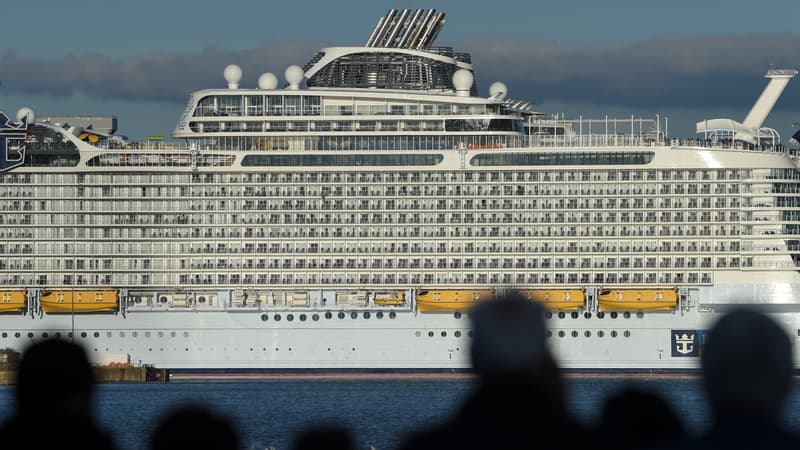The cruise sector continues to benefit from favorable currents with 34.6 million passengers in 2024 worldwide, an increase of 9% for a year and plans to continue its increase with 37.7 million travelers in 2025, according to the sector.
The number of passengers has largely exceeded its level prior to COVID (30 million in 2019) and even increased almost 57% for 10 years (22 million in 2014). As a comparison, air traffic, also to increase abruptly, increased at a less sustained rate during the same period (+48% in 10 years).
A third of new customers
Because the cruise continues to attract new customers. 31% of the passengers made their first cruise, according to a press release from the International Cruise Association (CLIA).
“It is a figure that challenges me” and that confirms the success “of the new vacation formulas that attract these new customers,” Erminio Eschena, president of Cly France, told AFP.
The average age of 49 -year -old passengers in 2019 increased to 46.8 years in 2023, then to 46.7 years in 2024.
If North America passengers remain the most numerous (20.5 million, +13.4%), Europe “remains a key market” with a series of passengers of European origin, increased by 2.8% to 8.44 million. The number of passengers in Asia and Oceania increased by 9.8% greater than 4 million.
The five main problems in Europe are Germany, the United Kingdom, Italy, Spain and France.
In 2024, cruises near the place of residence of travelers remained attractive, the Mediterranean region remains the most popular destination for European passengers, followed by the Caribbean and northern Europe.
The issue of mass tourism
573,000 French have chosen to make a cruise, mainly favoring the Mediterranean (63.7%), followed by the Caribbean (21.1%) and northern Europe (5.5%).
Faced with this renewed attraction for cruises, the question of mass tourism in boat reception destinations often arises.
“The cruise industry has invested massively to support the energy transition of its own activities for many years,” said Eminio Escchena with in particular the development of liquefied natural gas and biofuels in new boats or even spring electrification (when the ports are equipped).
As for groove, the president of CLIA France argues that cruises “bring an important tourist gain while dominating the flows because we know how to guide our passengers.”
Of the 300 ships that constitute the world fleet, 21.1% have more than 3,000 passengers, 35.5% of 1,000 to 3,000 passengers and 34.1% months of 1,000 passengers.
Source: BFM TV


